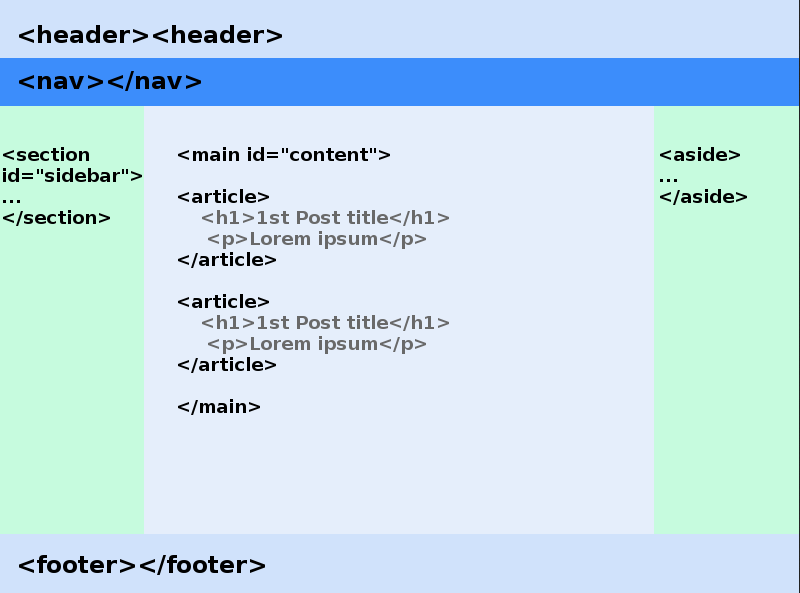How HTML Best Practices Can Elevate Your Website's Performance?
How HTML Best Practices Can Elevate Your Website's Performance?
Blog Article
Introduction
Sustainable gardening involves adopting practices that minimize environmental impact while maximizing the health and productivity of your garden. By prioritizing ecological principles and natural processes, gardeners can create landscapes that thrive in harmony with nature.
Semantic HTML The Foundation
Organic gardening techniques, such as composting and crop rotation, form the foundation of sustainable garden management. These methods promote soil health, reduce reliance on synthetic inputs, and support beneficial microorganisms essential for plant growth.
Selecting Eco-Friendly Plants

A well-organized HTML structure not only enhances readability for developers but also contributes to improved website performance. By structuring HTML elements logically and employing efficient coding practices, such as minimizing unnecessary div nesting and utilizing appropriate tags for content, website owners can streamline their codebase, resulting in faster load times and smoother user interactions.
Responsive Design and HTML
In today's multi-device landscape, ensuring a seamless user experience across various screen sizes and resolutions is imperative. HTML best practices play a crucial role in facilitating responsive design by enabling the creation of flexible, adaptable layouts. Through the use of media queries, viewport meta tags, and fluid grid systems, website owners can optimize their HTML markup to deliver a consistent experience across desktops, tablets, and smartphones.
Creating Habitat for Wildlife
Integrating elements that attract and support wildlife, such as bird feeders, butterfly gardens, and pollinator-friendly plants, enhances biodiversity and ecological balance in the get more info garden. By providing food, shelter, and nesting sites, gardeners can foster a thriving ecosystem that benefits both plants and animals.
Conclusion
HTML best practices serve as the cornerstone of website development, empowering website owners to create platforms that are not only visually appealing but also accessible, performant, and secure. By adhering to guidelines that promote semantic markup, responsive design, and SEO optimization, website owners can elevate the performance of their websites, fostering user engagement and driving business success in the digital age. Report this page